If you have a story that you'd like to share, please contact us. Our goal is to collect and document the oral history of Columbia County's Black residents, to make it available for all to experience and enjoy.
|
We're so excited to share the Archive's latest achievement! Last summer we teamed up with the Columbia County Historical Society to design an historical marker honoring Black history in Columbia County. Early this December we saw our installed sign for the first time and we couldn't be happier! It's part of the Cultural Heritage Wayside Exhibit at the Luykas Van Alen house in Kinderhook. We're extremely proud of this work, and incredibly humbled to have been able to honor the ancestors in this way. Read the full text of the sign below. Enslavement in the Hudson Valley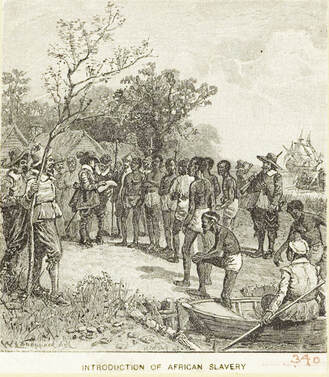 Introduction of African Slavery, by W.L. Sheppard Introduction of African Slavery, by W.L. Sheppard New Netherland (New York) was an active slave society from the time the Dutch West Indies Company imported the first slaves in 1626. At that time, the Dutch controlled a sizable portion of the Trans-Atlantic Slave Trade, which they had been involved in for many years. Slavery was greatly expanded under the British. Before the Revolutionary War, New York and Albany were the biggest slave markets in the country. By the end of the 18th century, New York had the largest enslaved population in the north -- three fifths of which lived and labored in the Hudson Valley. With the exception of a few larger landowners, the majority of slaveholders in Columbia County held five or fewer slaves. This area was primarily agricultural, and enslaved Black men labored in every aspect of farm life. Black women usually worked in the home – cooking, cleaning, washing laundry, and tending to the children of their owners. Because of the cold winters, slaves customarily lived in the homes of their enslavers, usually in the cellar or attic. Dutch enslavers, in particular, often brought their slaves to church with them. The Kinderhook Dutch Reformed Church had a pew set aside for Blacks and many of those families remained members of the Dutch Reformed Church well into the 20th century. After New York abolished slavery in 1827, most of the Black residents of Columbia County remained here, taking the surnames of their former owners and establishing a life in freedom. They mainly worked on farms and as domestic servants. By the late 19th century, many were able to purchase homes and farmland of their own, and to open businesses. They formed churches and social organizations for their own community, but they also lived, worked, attended school and socialized alongside their white neighbors. Self-EmancipationPrior to the abolition of slavery in New York, enslaved men and women often risked life and limb in search of their own freedom. Ads for “runaway slaves” were published in newspapers, offering rewards and revealing poignant details about these individu- als’ lives. Much of the enslaved population in the Hudson Valley spoke several lan- guages, including Dutch, English and their native language.
Less than ten years after manumission, former slave Anthony Harder began purchasing land on the border of Kinderhook and Stuyvesant. At the time of his death in 1875, he owned a 125-acre farm. Timeline of Enslavement1626 First enslaved African men brought to New Amsterdam and taken up the river to be sold at Fort Orange (Albany), less than two years after it was settled. The first enslaved women arrive in 1630. 1650s Dutch slave trade rapidly increases, bringing thousands of enslaved men and women to be sold at New Amsterdam and Fort Orange. Most are brought from the West Indies by the Dutch West Indies Company. 1664 England takes New Netherland from the Dutch and further increases the slave trade. 1700 - 1774 Black slaves increasingly brought to New York directly from Africa. The Black population of New York Colony grows exponentially and by 1746 is the largest north of Maryland. Several “Slave Acts” are passed by the legislature to control the lives and activities of the enslaved. 1785 Formation of the New York Manumission Society, which aims to promote the gradual abolition of slavery and emancipation of slaves. 1790 Census notes approximately 21,000 slaves in New York State. While the enslaved make up 6% of the overall population of Columbia County, in Kinderhook, Claverack and Clermont the enslaved population is 10–13%. 1799 The Act for the Gradual Abolition of Slavery is passed, “freeing” any child of an enslaved person born after 1799. However, the child would be required to remain an involuntary servant to the owner of their mother until they turned 28. 1817 Act Relative to Slaves and Servants frees all slaves born before 1799, but does not take effect until July of 1827. 1827 Slavery is fully abolished in New York State. The last people held in bondage wouldn’t be free until the 1840s. For more information, contact the Columbia County Historical Society or The African American Archive of Columbia County.
0 Comments
Leave a Reply. |
AuthorLisa Fludd-Smith moderates and maintains this blog. Unless otherwise noted, all posts are written by her. Archives
June 2023
Categories |
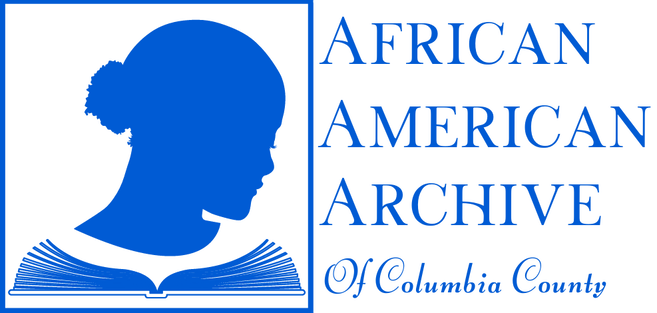
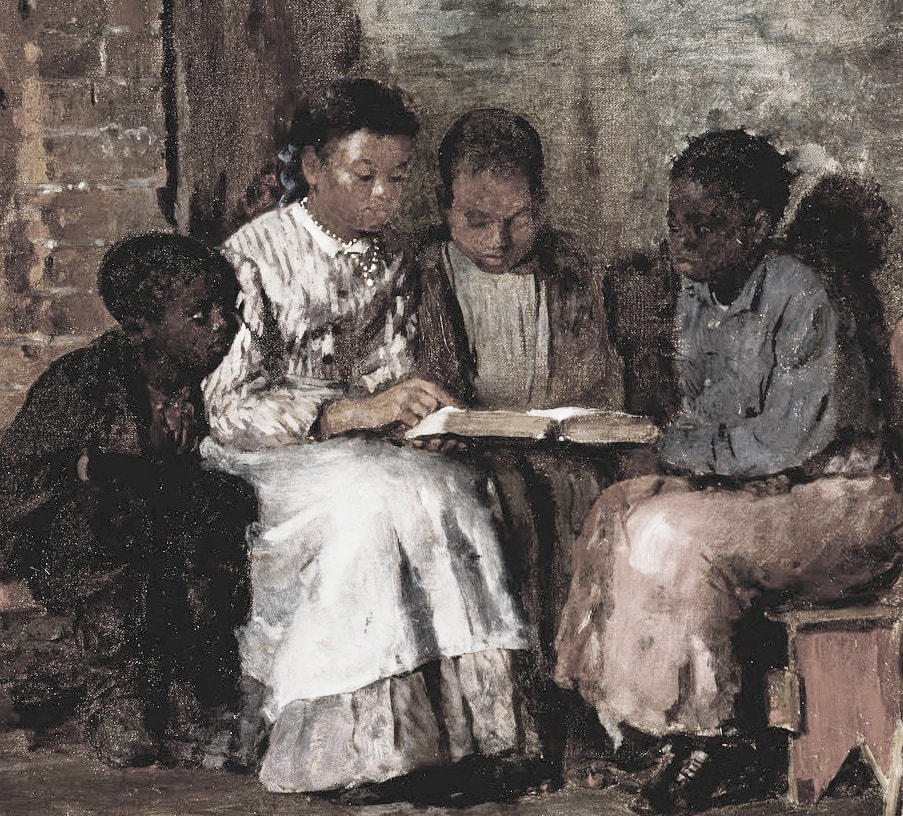
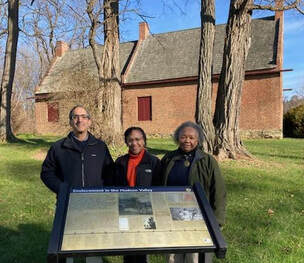
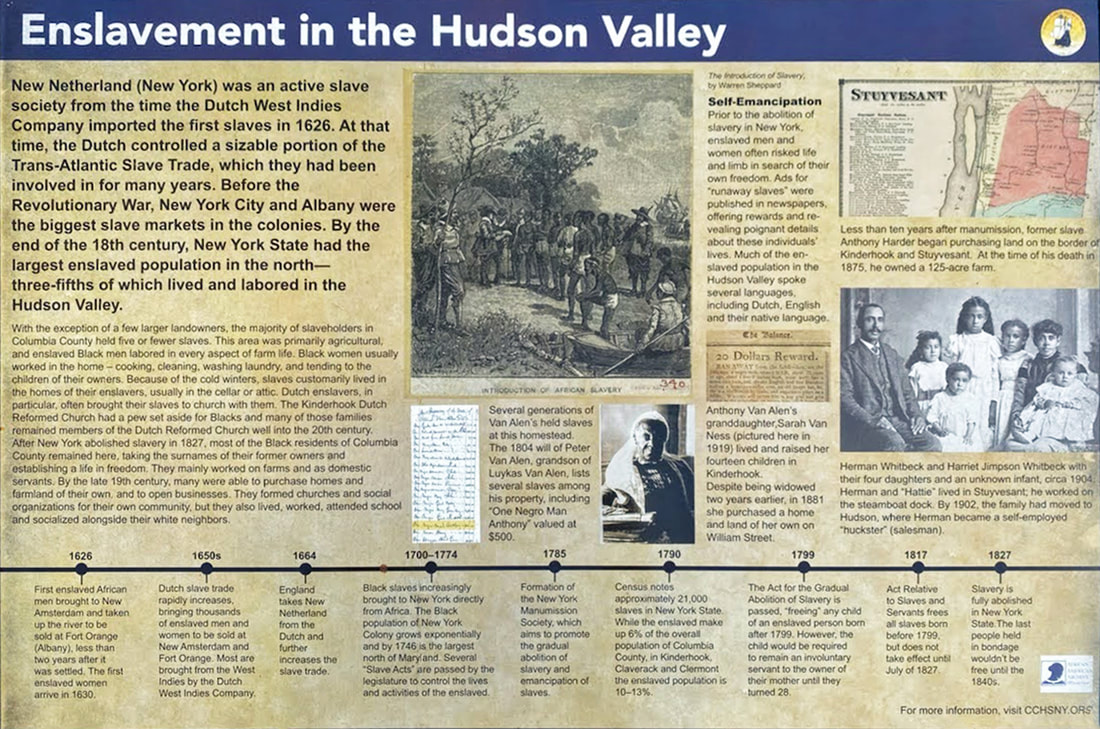
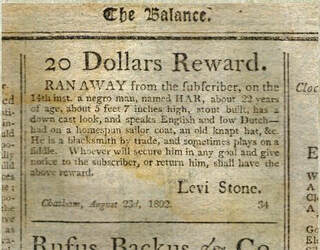
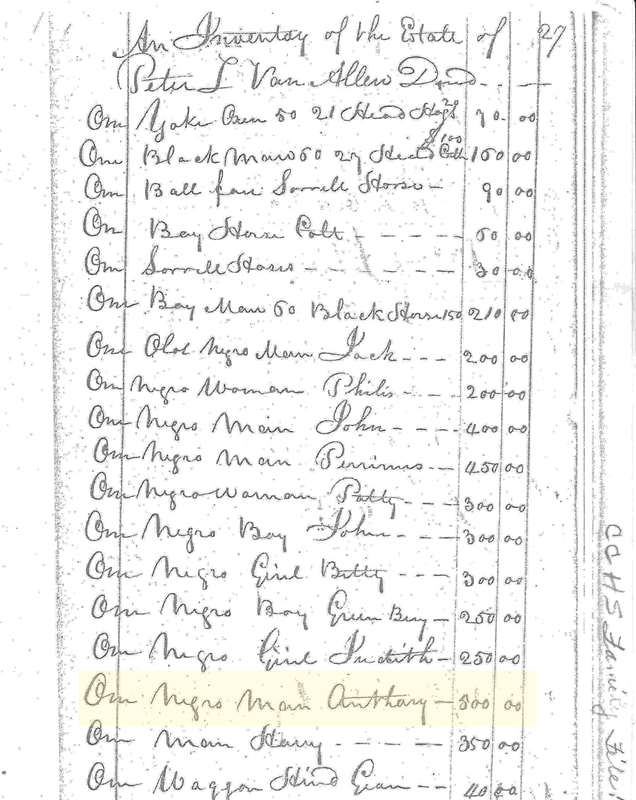
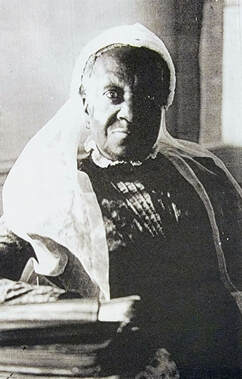
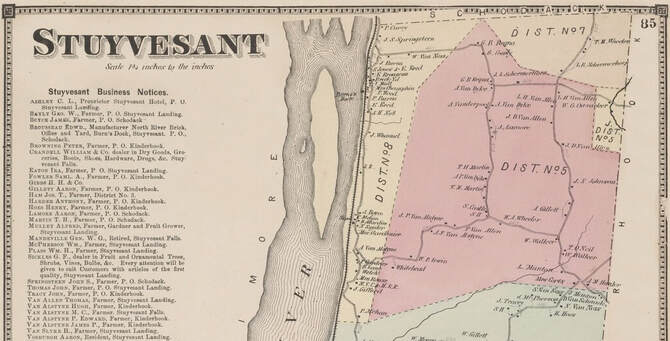
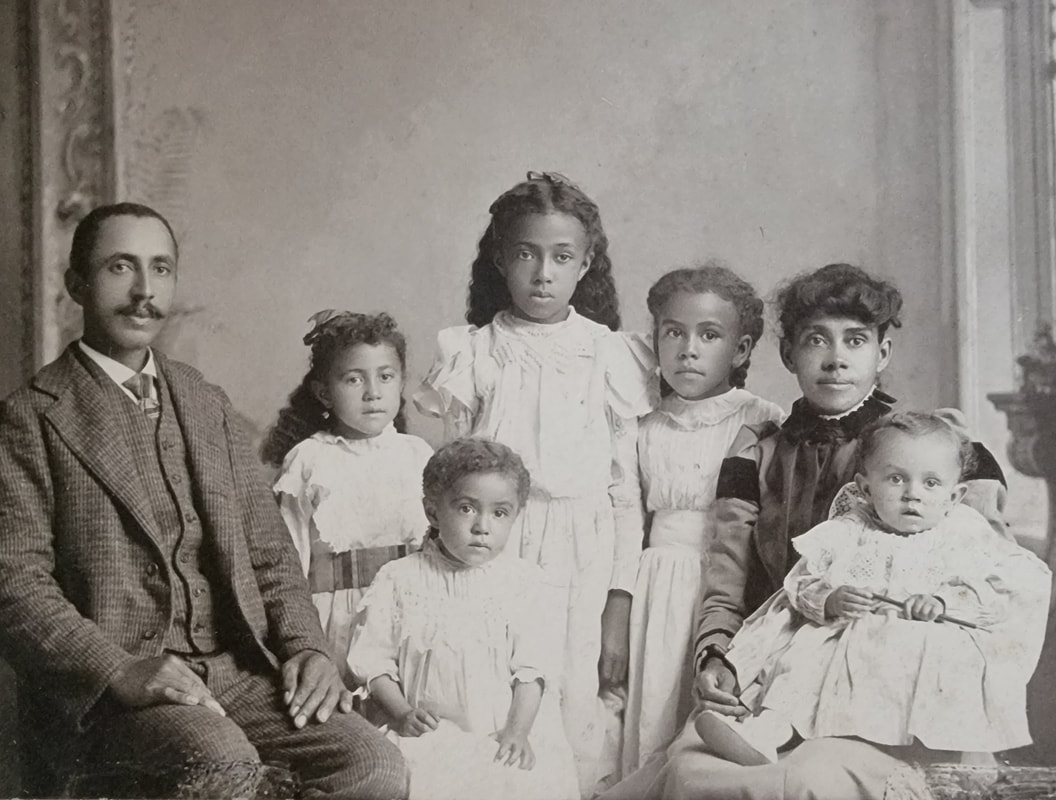


 RSS Feed
RSS Feed